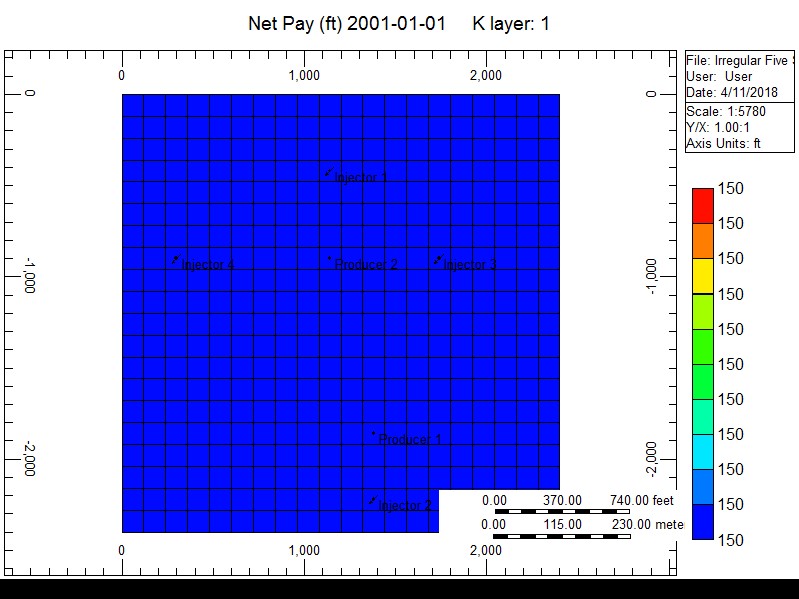Capacitance-Resistive Models with GRG Nonlinear Solving Method for Waterflood Optimization
Doddy Abdassah, Dian Dwi Andiani, Dedy Irawan
Department of Petroleum Engineering, Faculty of Mining and Petroleum Engineering, Institut Teknologi Bandung, Jalan Ganesha No. 10, Bandung 40132, Indonesia
Email: abdassah@yahoo.com
Abstract
In evaluating reservoir production prediction, sometimes a method is needed that can predict while considering the availability of time and resources, reliability and application of prediction. The capacitance-resistive model came out as a rapid predictive model to study reservoir performance. In this study, the application of CRM is used to predict production and evaluate optimization of waterflood.
CRM relies upon injection and production rate which are considered as input and output signals as well as inter-well connectivity and the effects of injection rates on production rates to develop a simple model for the reservoir. Solving history production/injection data will provide CRM parameters of inter-well connectivity and time constant. Implementation of solving the parameters is using GRG Nonlinear solving method. We used a CRM calibrated with historical production/injection data. Thereafter, the model is used to maximize oil produced by reallocating water injection rates.
In this study, the application of CRM for oil production optimization are demonstrated in a synthetic field and West Indonesia oilfield. The result shows that CRM using GRG Nonlinear solving method is able to determine the maximum oil produced by reallocating water injection rate and location. This work would demonstrate CRM application combined with GRG Nonlinear solving method.
Keywords: CRM, GRG nonlinear solving method, optimization, waterflooding.

